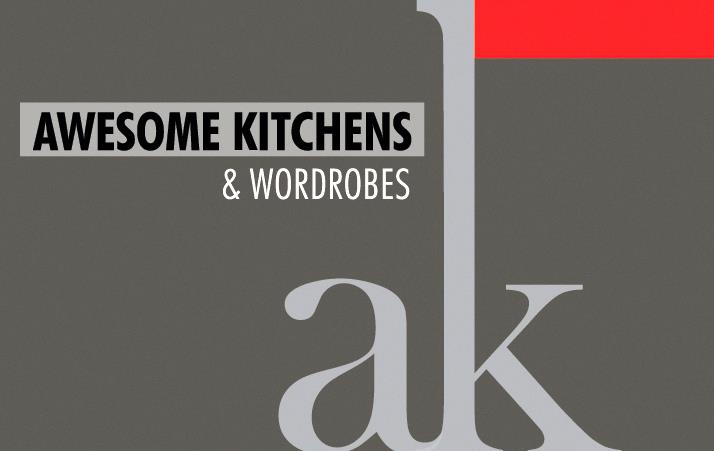Formaldehyde is a colorless, pungent-smelling gas commonly employed in the production of building materials for construction and household goods. In the food preparation industry, it’s commonly encountered in:
MDF (Medium Density Fiberboard)
Particleboard
Plywood
Laminated boards
Adhesives in furniture and cabinets
This gas may off-gas (emit into the air) with time, particularly in warm or humid conditions — such as your kitchen.
???? Why is Formaldehyde Toxic?
Long-term or heavy exposure may result in eye, nose, and throat irritation
Coughing and wheezing
Skin rashes
Cancer (WHO-classified as a carcinogen)
So exposure should be minimized, particularly in indoor spaces such as kitchens.
✅ What is “Formaldehyde-Free” or “Low Formaldehyde” Material?
Low-emission or formaldehyde-free material can be used to minimize formaldehyde in kitchens:
1. E1 or E0 Grade Boards (European Standard)
E1: Formaldehyde low emission (≤ 0.124 mg/m³)
E0: Extremely low formaldehyde (≤ 0.05 mg/m³)
These are the safest to use in house interiors.
2. CARB P2 or TSCA Title VI Compliant Boards (USA Standard)
Boards certified to meet California Air Resources Board (CARB) requirements.
Check for CARB Phase 2 or EPA TSCA Title VI compliance.
3. Formaldehyde-Free Plywood / MDF
Zero-added formaldehyde (NAF) boards are sometimes available from certain manufacturers.
Examples: Soy-based adhesives (e.g., PureBond by Columbia Forest Products)
4. HPL (High-Pressure Laminate) with Low-Emission Core
For trendy finishes but verify the core board (must be E1/E0).
????️ How to Lower Formaldehyde in the Kitchen
Here’s how you can do it:
Select Certified Low-Emission Materials
E1, E0, CARB P2, or NAF labels.
Inquire about certification from your manufacturer or supplier (such as AwesomeKitchens.pk ????).
Use Natural Solid Wood
A bit pricier, but nearly formaldehyde-free (apart from the glue used).
Proper Ventilation
Ventilate using exhaust fans and windows to eliminate VOCs (Volatile Organic Compounds) from the air.
Seal Edges with Edge Banding
Traps and minimizes formaldehyde emission.
Air Out New Cabinets
Allow new cabinets “off-gas” in a well-ventilated area prior to installation.
Stay Away From Heat Around Cabinets
Heat accelerates formaldehyde emission.
???? Safe Kitchen Materials Quick Summary
Material\tSearch For
MDF / Particleboard\tE1, E0, CARB P2, or NAF certified
Plywood\tLow-formaldehyde glue, PureBond or equivalent
Laminates\tUse with low-emission boards below
Solid Wood\tNatural best choice
Adhesives\tWater-based or soy-based preferred
